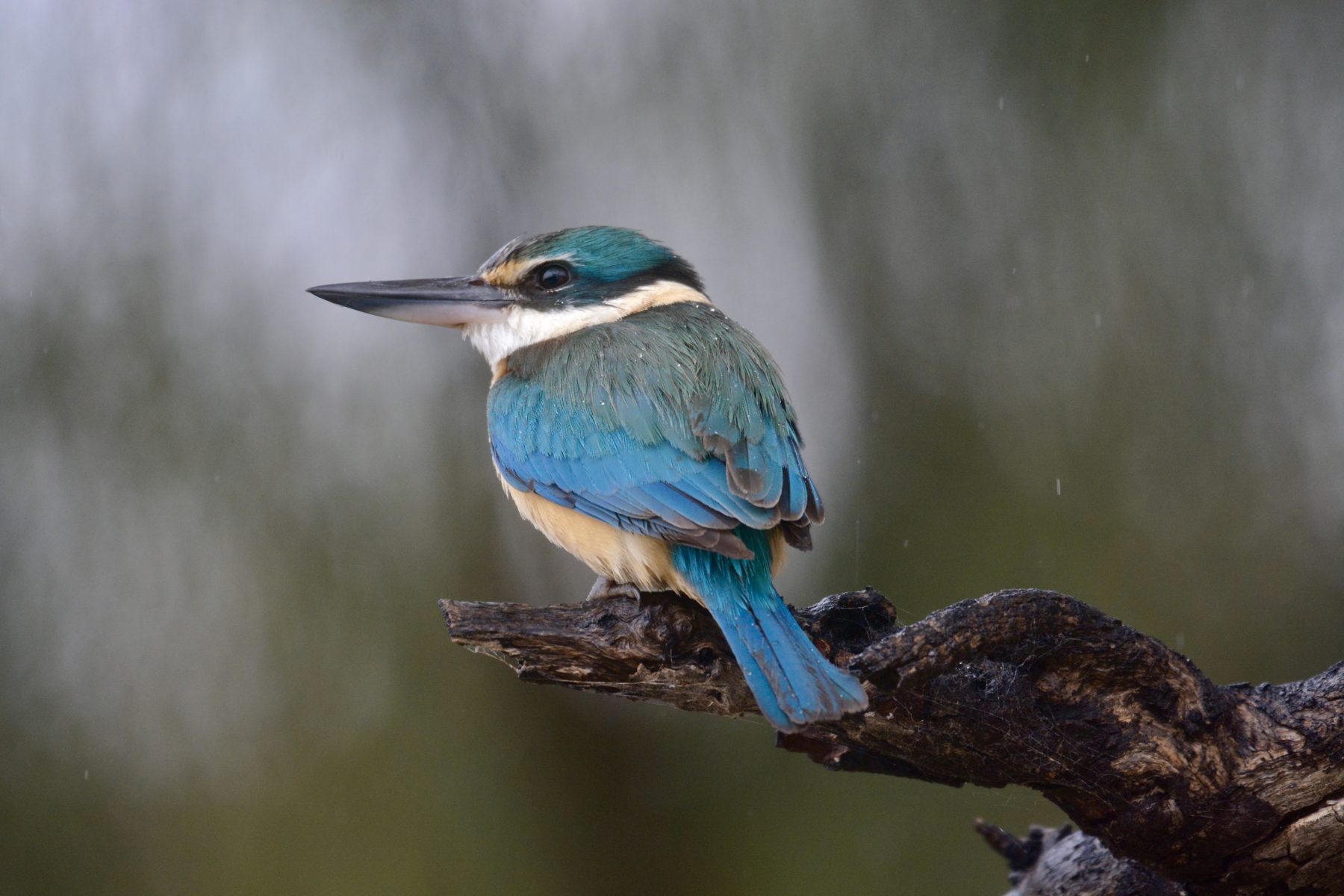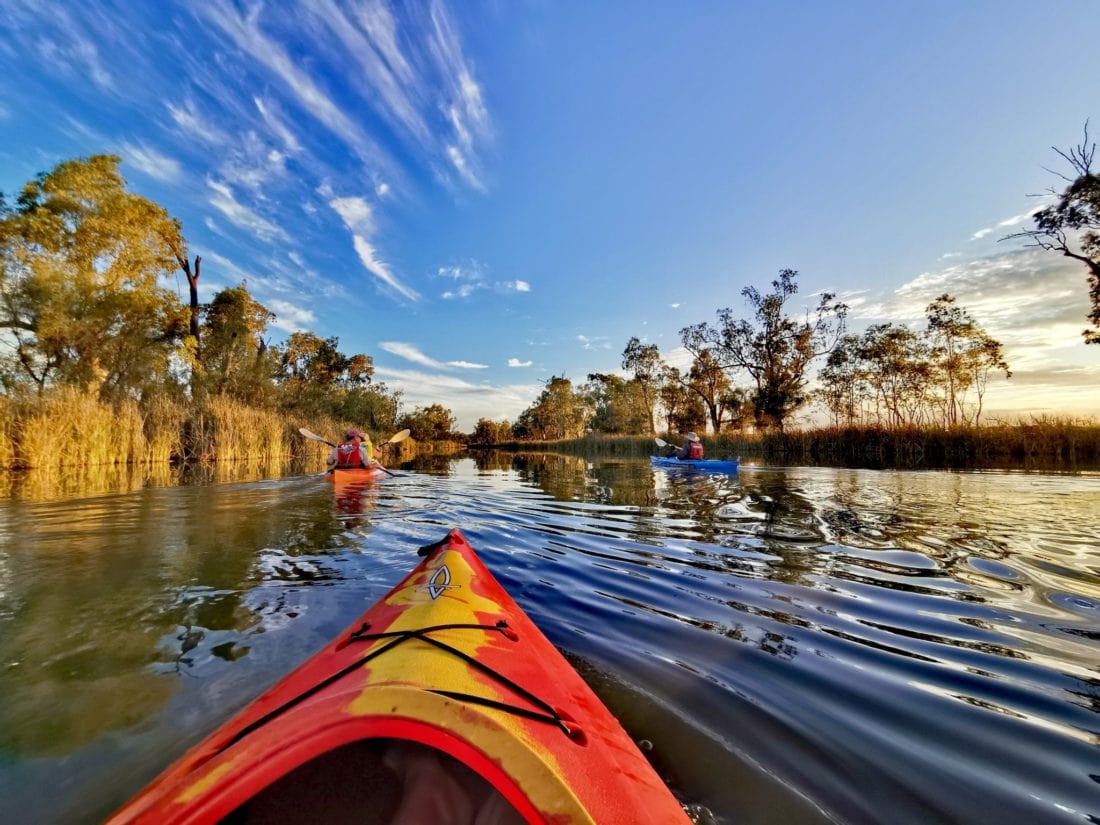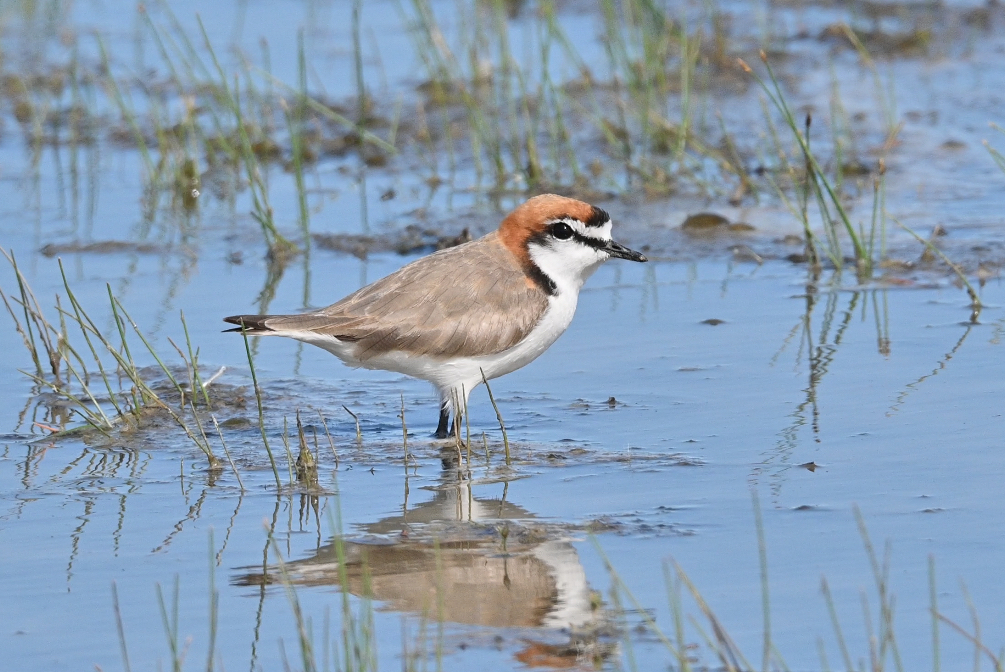Birds of a feather: conservation on tour

About eight years ago, an osprey decided to nest on a decrepit old barge near Port Lincoln Marina in South Australia. A concerned citizen decided to buy the barge to keep the osprey safe and called a friend who he thought might be able to help. That friend was Fran Solly, who turned out to be the perfect person for the job of keeping not only that osprey safe but laying the groundwork to help the entire species.
Fran, an avid birdwatcher for over 35 years and a photographer, recalls that when she started researching ospreys to help the new barge tenant, she and the other helpers realised that not enough was known about this species – pandion haliaetus – and the quest for more knowledge began.
One of the most important projects was tracking the ospreys, with Fran telling AG that in her opinion, tracking and colour banding was essential for the recovery of the South Australian Osprey, which has had an estimated 26 per cent decline in numbers in the last decade. “It has provided such important information about life beyond the nest. Prior to fitting the first tracker in 2020, the accepted view was that osprey in South Australia probably had a range of around 40 kilometres. We quickly learnt that was not the case.


Photo credit: Fran Solly/Australian Wildlife Journeys 
Photo credit: Fran Solly/Australian Wildlife Journeys
“The first bird tracked, named ‘Solly’ (after Fran), astounded everyone by flying 400km and establishing a home range near Streaky Bay. Subsequent trackers have shown the distances that birds fly and have allowed us to see some of the threats they face. Each bird is different but there are clear patterns emerging in the way they forage which is valuable information for recovery.”
As a guide for Australian Coastal Safaris, Fran shares her knowledge and passion of all birds and the Eyre Peninsula in general on tours she leads for Australian Geographic Travel with Australian Wildlife Journeys. On the Southern Eyre Peninsula Birdwatching tour, Fran told AG that guests are always fascinated by the variety of birds they see. “We have such a great range of birds from the colourful parrots to the powerful and amazing raptors and then the shore birds. All of this in an environment that is wild and beautiful all at once. It is truly an amazing look at the landscape as well as an introduction to the birdlife of the area,” Fran said.

Photo credit: Fran Solly/Australian Wildlife Journeys 
Photo credit: Fran Solly/Australian Wildlife Journeys
On the Port Lincoln and Coffin Bay Photography tour, Fran engages with the guests to infuse them with just some of her passion. “I try to have guests understand something about the birds they are observing to look not just for a bird to tick off on a list but to know does it mate for life, is it a migrant or a resident, what does it feed on and how does that affect its need for a foraging range and a water source for example.”
Fran involves guests in the ongoing conservation and research efforts in South Australia. “During our trips we record the birds we see and report back on any being monitored through Citizen Scientist programs. The more people know about a particular bird species, the more inclined they are to support conservation programs so just getting to know birds is a good start. Being respectful of the bird’s space and behaving in a manner in the field that does not disturb the bird is also incredibly important. Photographing birds must be done ethically,” Fran said.
You can join Fran Solly and Australian Coastal Safaris on upcoming special departures with Australian Geographic Travel to the Southern Eyre Peninsula and Port Lincoln and Coffin Bay.

Into the Riverland
A man who has done a great deal to shine a spotlight on the issues facing the Murray River, is Tony Sharley, founder of Murray River Trails. Tony grew up in Renmark and the Murray was his playground, boating and fishing, staying on his family’s houseboat and camping on the river’s banks.
“In 2016, I came up with a plan to start an ecotourism business – Murray River Trails – to help people discover the magic of the Murray, by sharing my knowledge of the river and its beauty, its stories, its Aboriginal culture, its wildlife, its pioneering characters, the beauty of its forests and wetlands and spectacular cliffs, and the challenges it faces,” Tony said.
“I felt that a multi-day walk along the most beautiful sections of the river would give us time to achieve that. Staying on a houseboat each night would be the stage for some wonderful dinner conversations with local fare.”
Murray River Walk was the end result. A new tour emerged in 2020 – a silver lining from the grey COVID cloud. “We created the Murray River Safari – focusing on the diverse wildlife of the river and the diversity of habitats that support them. We also established the Murray River Trails Fund (MRTF) which is a sub-fund of the Australian Communities Foundation (ACF). The Trails Fund was created to conserve key species and their habitats.

Go with the flow
One thing Tony and the MRTF are talking about is environmental flow. Environmental flow is about recreating the natural cycle of flow in the river. “With too much water held in dams and extracted for irrigation, the health of the Murray Darling Basin rivers has declined because the high flows occur less often. More overbank flows are essential to restoring the health of the river system because they trigger fish, frog, and waterbird breeding, they irrigate forests and they flush accumulated salts out to sea.”
The Riverland Ramsar Wetlands is another key to protecting wildlife in their natural habitat and its importance cannot be underestimated. “It (Ramsar listing) places an obligation on our State and Federal Governments to ensure that high biodiversity is maintained, and threatening processes are mitigated. Ramsar wetlands are protected under the Environment Protection and Biodiversity Conservation Act 1999,” Tony told AG.
“There are 179 species of birds of which 63 are wetland-dependent, 15 fish species, 38 reptile species, eight frog species and 19 native mammal species of which eight are bats found in the area. The four most vulnerable species include the Regent Parrot, Murray Cod, Southern Bell Frog, and a small fish known as Murray Hardyhead.”
The Murray River Trails Fund’s work includes educating the public about the threats to these species and how to overcome them, by encouraging fundraising to secure more water for the environment. “We are also keen to fund the establishment of “fish hotels” (log structures) to increase native fish habitats, and to trap and remove feral pigs.”
Fish hotels? I hear you say. The 200 or so steamboats and the same number of barges that plied their trade along the Murray removed a lot of obstacles and root balls from the river to ‘de-snag’ the route. This took away a lot of the fish habitat. “Removing so many snags is equivalent to removing a reef from the ocean, thus reducing the carrying capacity for native fish, and we aim to try and create more fish hotels to turn this situation around,” Tony said.
On tour
The best way to experience this for yourself is on the Australian Geographic Travel tour with Murray River Trails. The focus of the Murray River Safari is on seeing the diversity along the river. Tony says: “Guests will take in a range of habitats including the spectacular outback lakes that teem with waterbirds when they fill.”
The Murray River Walk is longer, but Tony reports guests are enthralled walking through the mighty redgum forests and the ochre-red cliffs that blaze brighter at sunrise and sunset. “Encounters with kangaroos and emus are regular and more than 50 species of birds are seen on our tours. A common phrase in our feedback forms is “loved learning about the Murray and its challenges, and how important it is to protect it”.
You can join Murray River Trails on a Murray River Walk or a Murray River Safari to learn about this special part of the world and what you can do to help.




